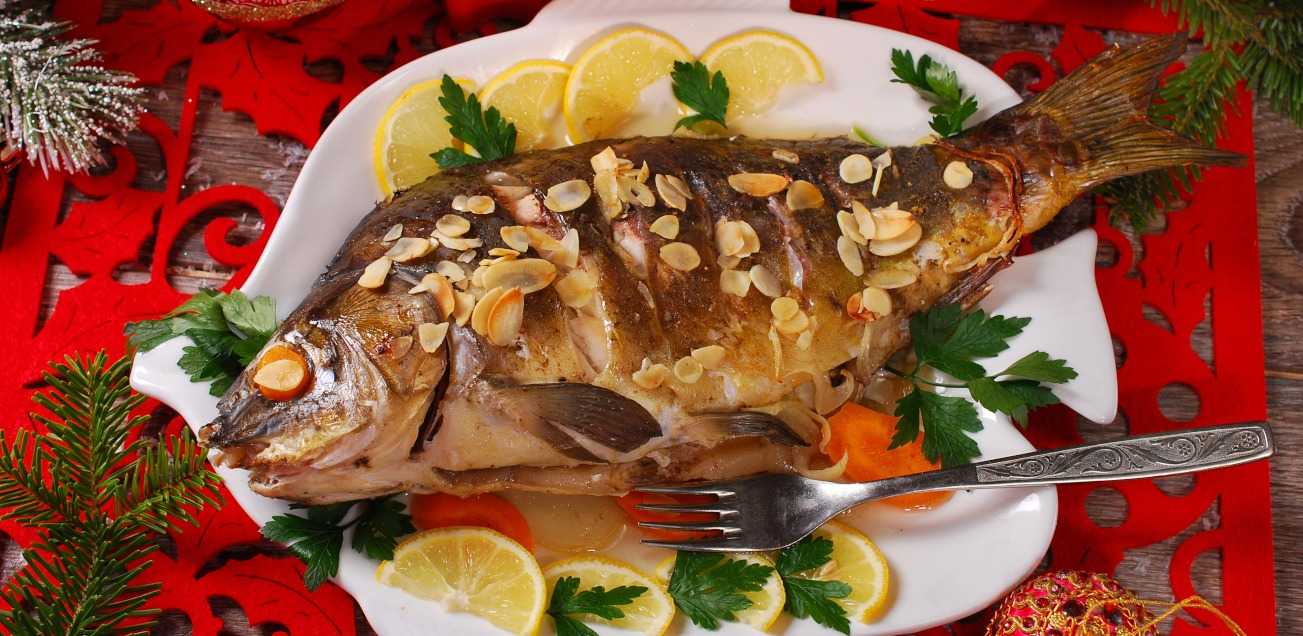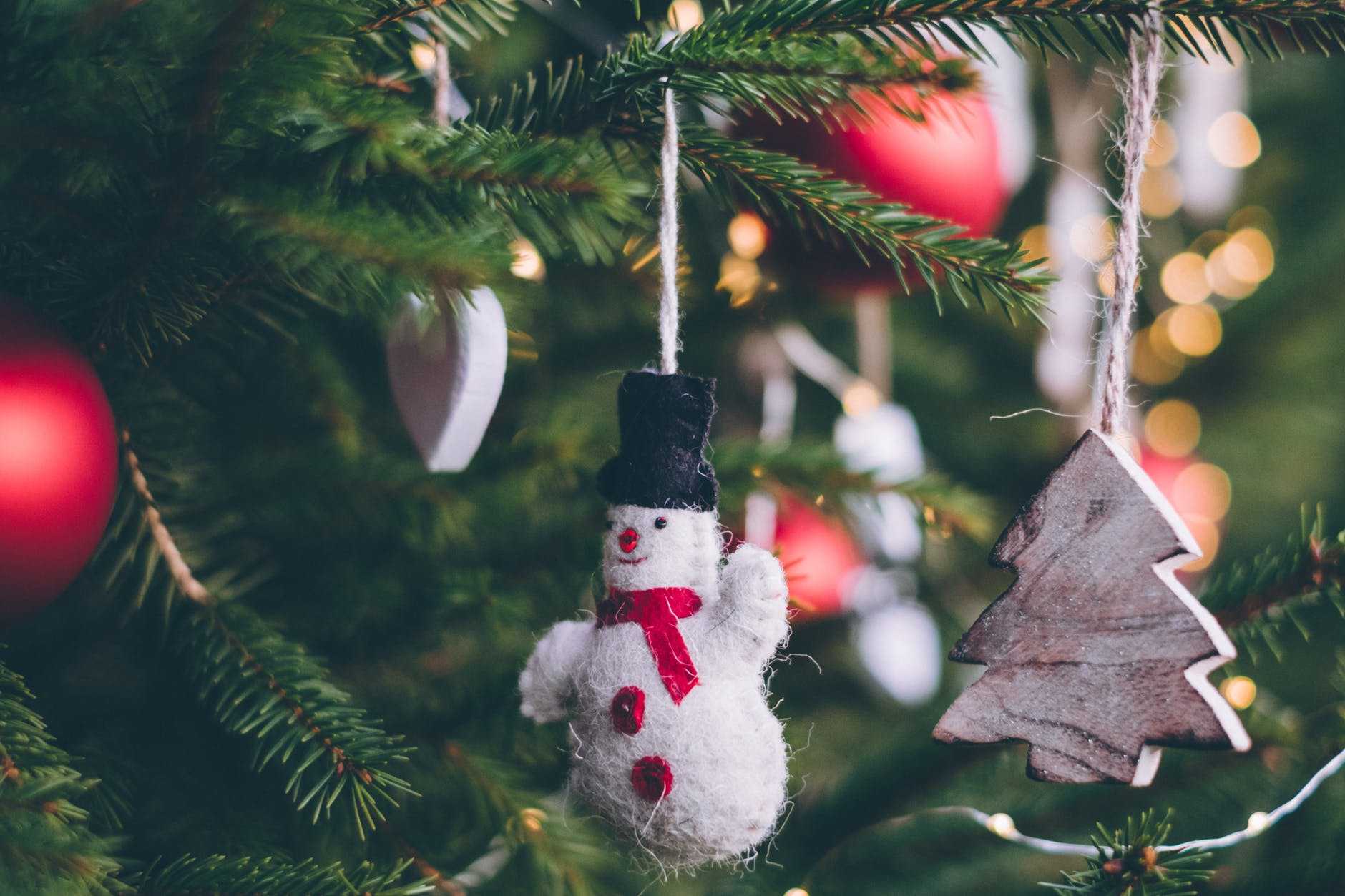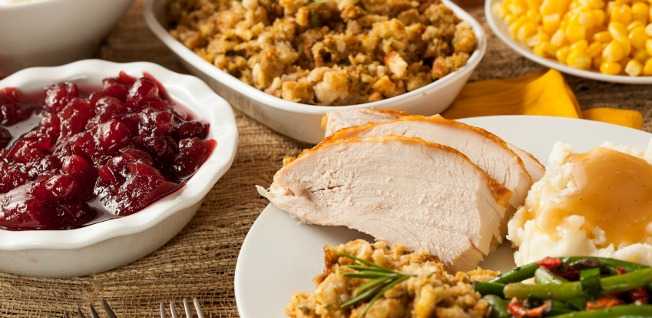Joy to the World: Christmas Traditions around the Globe
There is an endless number of Christmas traditions around the world, from a giant straw goat to flying white kangaroos. As an expat, be prepared to discover these traditions, such as kissing under the mistletoe in England, or being visited by the German Krampus, a horned half-goat beast.

Season of Splendor: Western Europe
Christmas in Western Europe tends to be an opulent and hedonistic affair, and more attention is paid to Christmas here than anywhere else in the world. Christmas Day, aside from being a time for family and a trip to church, is focused around a lavish dinner in the late afternoon and the giving of gifts (usually) in the morning, for the most part for children. In the UK, a particularly romantic tradition is the hanging of mistletoe, by which a man may kiss any woman who is underneath it — so if you’re at a Christmas party, watch where you stand!
Another tradition with Germanic roots is Krampus, who is a surprisingly beloved creature best-known across Bavarian Germany and Austria. This Germanic legend is a hideous, horned half-goat, half-demon beast. With a handful of twigs and fetid fangs, it is said to follow Santa, grabbing naughty children and dragging them into the underworld. If that isn’t an incentive to behave, what is? Across areas of Germany, Switzerland and Austria, you can watch terrifying Krampus parades, and this is also increasingly popular in America. Merry Krampus!
Another surprising tradition that expats in Sweden are sure to hear about is the Gävlebocken, a 42.5 foot (13 meter) straw goat. Yule goats are a traditional part of Christmas in Sweden, and the Gävlebocken is placed in the town of Gävle every Christmas season, where the goat is regularly targeted by arsonists. It is guarded and watched with surveillance cameras, as people attempt to set it ablaze.
Fishy Festivities in Eastern Europe
Christmas in Eastern Europe tends to be slightly more simplistic and without the opulent, over-the-top approach of western neighboring countries. It is usually celebrated on 25 December, although Orthodox countries such as Russia, Serbia and the Ukraine celebrate Christmas on 7 January. Many Orthodox Christians will fast the day on 6 January, before enjoying the feast the following day. Traditionally, the Christmas dinner in this part of Europe will not be eaten until the first star can be seen in the sky. When dinner finally does arrive, carp is a traditional Christmas dish, particularly in the Czech Republic, Poland and Slovakia. For some, festivities in Eastern Europe begin in the bathtub, where the fish is being kept until Christmas Day, so it can be served fresh. That said, carp is more a tradition than a well-loved food, and although it can be delicious with a good sauce, it is said to taste like mud, so this may not be a tradition you want to embrace. The fish’s scales are alleged to be lucky, and in Poland it is the custom to keep the scales for good fortune, with some women even carrying the scales in their bras!

Merrymaking in Africa
Alongside Islam, Christianity is one of the two most practiced religions in Africa. The continent is home to a diverse range of Christmas traditions, in particular several bizarre Santa-related customs — in Kenya, Santa will visit children by camel, Land Rover or bike, while in Zimbabwe, Santa sometimes visits shops in a fire engine. The main meal served at Christmas dinner in African countries varies, particularly goat in East Africa, whilst in South Africa, barbecued meat is popular. Going to church tends to be the focal point of Christmas for many people, and even in more Islamic countries, such as Senegal, Christmas Day is a national holiday. In the majority of countries, expats can expect to enjoy vibrant carol services, dancing, parades, and decorated mango trees.
Bucket ‘O Chicken in Japan
Fewer than 1% of the Japanese population is Christian and there is no national Christmas holiday. However, there is one “tradition” proving incredibly popular — KFC. Every year, hour-long queues form around the corners as families wait in anticipation to pick up their bucket of “Christmas Chicken”, which even comes with KFC chocolate cake and champagne. This tradition has been alive since KFC’s extremely successful marketing campaign in 1974, “Kurisumasu ni wa kentakkii!” meaning “Kentucky for Christmas!” Some families order their bucket of chicken months in advance, so start planning!
Christmas in the Sand: Australia and New Zealand
Australia and New Zealand both enjoy a pretty toasty summer Christmas. Despite this, both countries celebrate with traditional Western European Christmas dinners and traditions, although it is also common to spend time on the beach and attend seafood barbecues. Don’t be disappointed if you don’t catch sight of Rudolph — in Australia Santa’s sleigh is rather driven by six white “boomers”, or in other words, kangaroos. Unfortunately, the country experiences large bushfires around Christmas, so this time of year can also be a stressful one.
Glitz and Glamour in the USA
Christmas in the USA has many similar traditions to those in Western Europe. Expats in or near New York City should visit the Rockerfeller Center, home to incredibly famous Christmas street lights which rivals Oxford Street’s light display in London. The Rockerfeller Center also boasts an impressive Christmas tree with an ice rink, which is open to the public over Christmas and the New Year. Lights and decorations are taken seriously throughout America, with many neighborhoods holding competitions for the best household lights. Christmas is one of the most important family holidays, beaten only by Thanksgiving, which takes precedence for some American families.
Festive Fiesta in South America
South America’s Christmas traditions vary from Western European customs such as hanging stockings, and also follows the Spanish tradition of late-night parties, which won’t begin until around 02:00 or 03:00 after Christmas Day. Decorations are also taken seriously, with plastic Christmas trees and artificial snow.
South America is for the most part Catholic, so singing carols, attending mass, reenacting the birth of Jesus, and observing Advent are common traditions. In São Paulo’s Ibirapuera and Lagoa in Rio, it is a tradition to drive past the decorated Christmas trees in town, and this causes major traffic jams which can last all night. That’s why it is probably best to avoid this area unless you’re planning on celebrating Christmas from your car. The climate in South America tends to be very hot at Christmas, thus 25 December and 1 January are often celebrated by swimming pools, rivers or beaches.
Whichever country you live in, embrace your new traditions and have a happy holiday!
Advertisement
About Catherine Bishop
Catherine Bishop studies German at the University of Exeter. Originally from North London, Catherine worked for First Call Media, where she gained an interest in journalism. Following her studies at the Royal Academy of Music, Catherine has written articles for the British educational magazine Music Teacher, worked at InterNations as a member of the Content & Communications Team and at an educational publishing house in Hannover.
Article topics
Related articles
Holiday Classics from around the World
During the festive season, there are few things more appealing than sitting inside, cozy under a blanket, with a hot drink and a holiday classic on TV. We’ve rounded up a list of movies from across the globe for you to watch over Christmas and the New Year!
Plan, Prepare, Feast, and Enjoy! Tips for Celebrating National Holidays Abroad
Today Thanksgiving is being celebrated across the United States, but it’s not the only holiday famous for its delicious food. Feasts are an important part of many popular holidays and festivals around the world. As you’ll see, all these holidays have several things in common: family togetherness, cultural traditions, and epic amounts of food!
Best Places to Celebrate New Year’s Eve
Expats may find themselves celebrating New Year’s Eve in a new place every December. Many also travel specifically to experience the coming of the new year abroad. There are plenty of places to choose from, and this article nominates a select few as the cream of the crop.
Five Ways to Eat (& Feel) Like a Local
Sampling the local cuisine is a sure-fire way of helping you feel more integrated into the local culture and getting closer to calling your new host country a home. Here are five ways to step out of that culinary comfort zone and into the unknown territory of your new local cuisine.
Repatriation (and the Culture Shock that Comes with It)
Similar to culture shock, reverse culture shock is something which expats struggle with all over the world. But while it is just as difficult and scary to deal with, it is less talked about than culture shock. Find out what reverse culture shock is and how you can overcome it.




